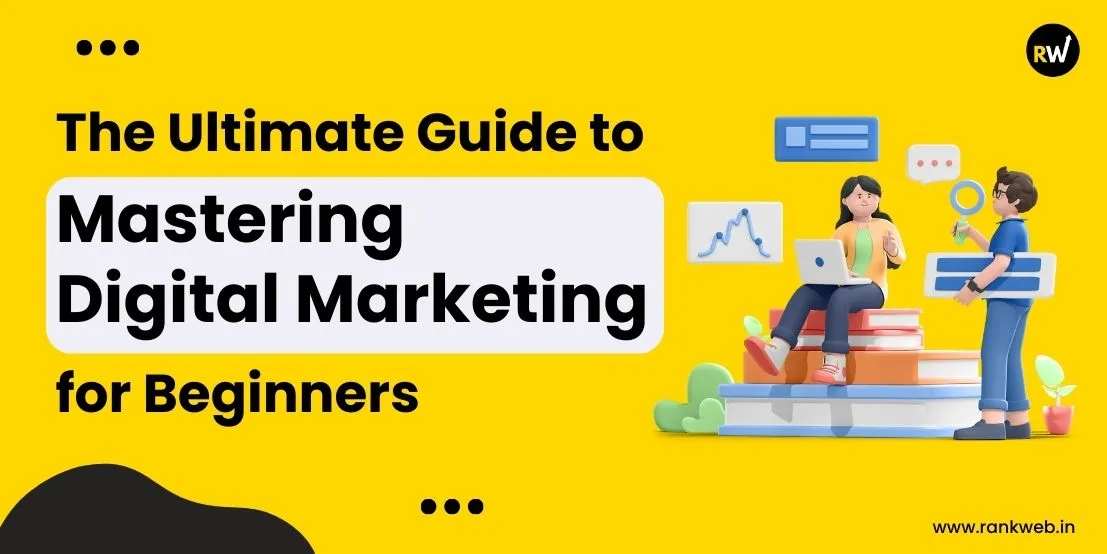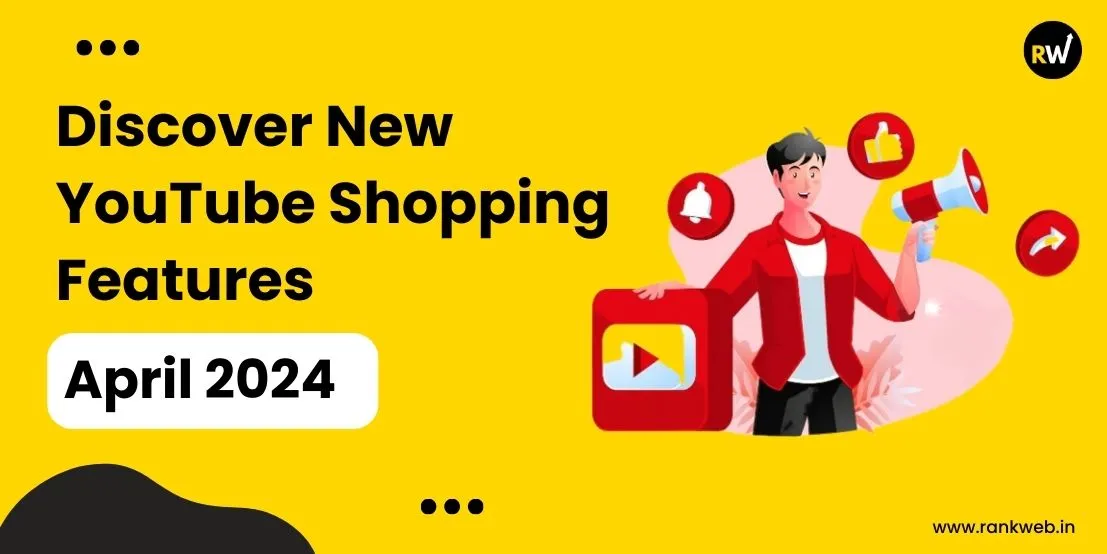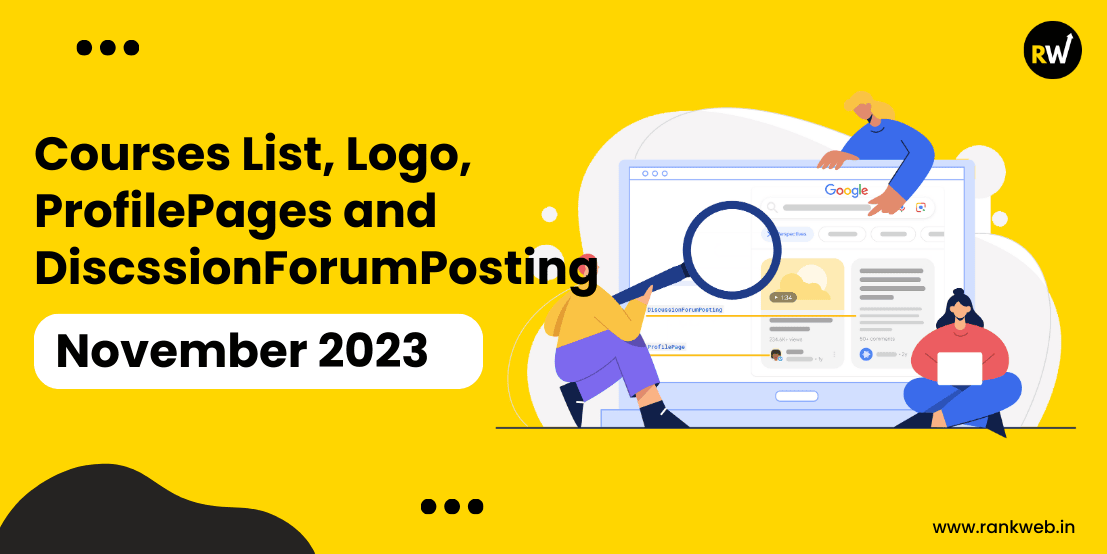Introduction
To compete in today’s fast-paced digital world, organizations must have a strong online presence. The key to doing this is digital marketing, which involves a wide range of methods and techniques. We’ll go into the world of complete digital marketing in this thorough guide, covering its numerous components, best practices, and how to construct an effective digital marketing strategy that produces results.
Understanding Digital Marketing
To begin your quest to learn digital marketing, you must first understand its fundamental concepts. In this chapter, we’ll look at the basics of digital marketing, such as its definition, significance, and how it varies from traditional marketing.
What Digital Marketing ?
Digital marketing refers to a variety of online strategies and approaches businesses use to sell their products or services. It entails connecting with present and new clients using digital channels and technologies.
The following are important aspects of digital marketing:
- Website Design: The creation and optimisation of a website to display items or services.
- Social Media Marketing: Engaging and interacting with audiences through social media platforms such as Facebook, Twitter, and Instagram.
- Content Marketing: Creating valuable content to attract and educate your target audience, such as blog articles, videos, and infographics.
- Email Marketing: The practice of sending personalized emails to leads in order to nurture them and maintain customer relationships.
- Search Engine Optimisation (SEO): Improving the visibility of your online material in search engine results.
- Paid Advertising (SEM): Paid Advertising, commonly known as Search Engine Marketing (SEM), is the practice of paying search engines to display advertisements in search results, hence driving targeted visitors to websites.
- Affiliate Marketing: Affiliate Marketing is a performance-based marketing technique in which affiliates promote products and receive compensation for producing sales or leads via unique affiliate links.
Why is Digital Marketing Important?
- The Transition from Traditional to Digital: Traditional marketing strategies, such as print advertisements and television commercials, are becoming less effective as individuals spend more time online. You can reach potential consumers where they already spend a big amount of their day: on the internet.
- Advantages of Reach and Targeting: Digital marketing allows you to reach a worldwide audience while also providing precise targeting choices. You can personalize your communications to specific demographics, interests, and behaviors, increasing the effectiveness of your marketing efforts.
- Establishing a Powerful Online Presence: The foundation of your digital marketing plan is your internet presence. Customers may learn about your company, products, and services here. This chapter discusses the important components of having a strong online presence.
1. Website Design
- User Experience and Design: A well-designed website with an easy-to-use user interface is essential for keeping visitors and encouraging them to explore more.
- Mobile Responsiveness: Your website must be responsive and mobile-friendly, as an increasing number of visitors access the internet via mobile devices.
- Search Engine Optimisation (SEO): Implementing SEO tactics increases the visibility of your website in search engine results, making it easier for potential customers to find you.
2. Social Media Marketing
- Selecting the Best Platforms: Choosing the best social media channels for your company allows you to efficiently engage with your target audience.
- Content Marketing Strategies: Creating entertaining and relevant social media content helps you establish a loyal following and fosters brand loyalty.
- Engagement and Community Building: Interacting with your followers on social media and developing an environment of community can lead to improved brand advocacy and consumer loyalty.
- Content Promotion: This chapter discusses the significance of content marketing, which is developing and sharing good material in order to engage and resonate with your target audience.
3. Content Marketing
Content marketing, helps in developing and sharing good material in order to engage and resonate with your target audience.
- Content Types: Blog articles, films, infographics, podcasts, and other forms of content are all possible. It is critical to select the appropriate format for your audience.
- Consistency and quality of content: Creating high-quality content on a regular basis fosters trust and authority in your sector.
- Storytelling and Brand Voice Crafting: Great stories and having a consistent brand voice allows you to connect on a deeper level with your audience.
- Channels for Content Marketing: Choosing the correct distribution channels, such as social media, email marketing, and your website, guarantees that your content reaches the right people.
- Email Promotion: Email remains an effective channel for content distribution, lead nurturing, and customer relationship management.
- Social Media Marketing: Collaborating with industry influencers can help your content reach a larger audience.
4. Search Engine Optimization (SEO)
SEO, is a vital component of digital marketing that assists your website in ranking higher in search engine results pages (SERPs).
On-Page SEO
- Keyword Analysis and Optimisation: It is critical for enhanced search engine visibility to identify relevant keywords and optimize your content using them.
- Meta Descriptions and Tags: Creating enticing meta titles and descriptions can encourage consumers to click on your search results.
- Optimisation of Content: On-page SEO is built around creating high-quality, useful, and engaging content.
Backlinks and Link-Building Strategies
Off-Page SEO
- Quality Backlinks: Earning quality backlinks from trustworthy websites boosts the authority and credibility of your website.
- Local SEO: Local search optimization is critical for businesses with physical locations since it attracts clients who live nearby.
- Technical SEO: Technical optimisations, such as increasing website performance and correcting crawl problems, help to improve user experience and search rankings.
5. Paid Promotion
Paid advertising allows you to immediately reach a larger audience. This chapter digs into the many types of online advertising and how to design effective ad campaigns.
Pay-Per-Click (PPC) Marketing
- Google AdWords: Running Google advertising campaigns allows you to display advertising to users who are actively looking for similar items or services to yours.
- Social Media Marketing: Advertising on social media platforms such as Facebook, Twitter, and LinkedIn enables you to target certain demographics and interests.
Display Advertising
- Banner advertisements: To boost brand visibility, banner advertising can be posted on multiple websites.
- Reselling: Remarketing strategies target prior visitors to your website, increasing conversion rates.
6. Email marketing
Email marketing is still an effective way to nurture prospects and develop customer connections. This chapter provides best practices for developing and implementing effective email marketing campaigns.
Establishing an Email List
- Opt-In Methodologies: Methods for creating an email list that are both ethical and effective, such as offering incentives and delivering valuable material.
- Categorization: Personalization is possible by segmenting your email list based on user behaviour and preferences.
Email Marketing Campaigns
- Individualization: Personalization of email content boosts engagement and conversion rates.
- Split Testing: Testing several aspects of your email campaigns, such as subject lines and content, aids in optimizing their performance.
- Optimisation and Analytics: Tracking email campaign metrics like open and click-through rates allows for continual improvement.
7. Affiliate marketing
Affiliate marketing is a performance-based marketing technique in which corporations compensate affiliates (individuals or other organizations) for bringing traffic or sales to their website or items. This chapter delves into the complexities of affiliate marketing and how it may be a valuable component of your digital marketing strategy.
Affiliate Marketing Fundamentals
- Affiliate Networks: Participation in affiliate networks, which connect firms with potential affiliates, is common in affiliate marketing.
- Affiliate Compensation: Affiliates earn commissions for each sale, click, or action directed to a company’s website via their unique affiliate links.
- Attribution and tracking: Businesses can properly identify conversions to specific affiliates thanks to advanced tracking technology.
Setting Up an Affiliate Programme
- Affiliate Recruitment: It is critical to find affiliates who are compatible with your brand and target demographic.
- Affiliate Agreements: Affiliate agreements that are clear and mutually beneficial help to establish expectations and duties.
- Marketing Materials and Creatives: Providing affiliates with marketing materials and creatives can help them advertise your products or services more successfully.
8. Analytics and Data-Driven Decision Making
Measuring the effectiveness of your digital marketing initiatives is critical for long-term growth. Conversions should be correctly attributed to specific affiliates.
KPIs (Key Performance Indicators)
- Identifying Valuable Metrics: Choosing KPIs that correspond with your business goals is critical for measuring performance.
- Establishing SMART Goals: Setting goals that are Specific, Measurable, Achievable, Relevant, and Time-bound ensures clarity and accountability.
Online Analytics
- Google Analytics: It offers useful information about website performance, user behaviour, and traffic sources.
- Conversion Monitoring: Conversion tracking, such as sales and lead generation, allows you to assess the effectiveness of your digital marketing activities.
9. Developing an All-Inclusive Digital Marketing Strategy
It is the process of developing a comprehensive digital marketing plan for your company.
- Defining Short-Term vs. Long-Term Goals: Balancing short-term gains with long-term strategic goals is critical for long-term success.
- Persona and target audience development: Mapping the buyer’s Journey and understanding your audience’s journey allows you to build stage-specific content and marketing techniques.
- Budget Allocation and Channel Selection
- Resource Allocation Effectively: Choosing how to distribute your spending among multiple digital marketing platforms in order to maximize ROI.
Campaign Strategy and Execution
- Content Calendar Creation: A content calendar ensures that content and messaging flow in a consistent manner.
- Integration of Different Channels: Aligning your efforts across many platforms ensures a unified and effective marketing strategy.
Conclusion
Learning digital marketing is a never-ending process. As technology and consumer behaviour evolve, so should your digital marketing strategy. You can develop a strong online presence and generate success for your organization in the digital age by constantly learning, changing, and staying updated about the latest trends and tools. Remember that digital marketing is a smart technique that can help your organization survive in the modern economy.
Thank you for taking the time to read our blog! We hope you found it both interesting and informative. Stay connected with RankWeb for more exciting updates and valuable insights in the world of digital marketing.








